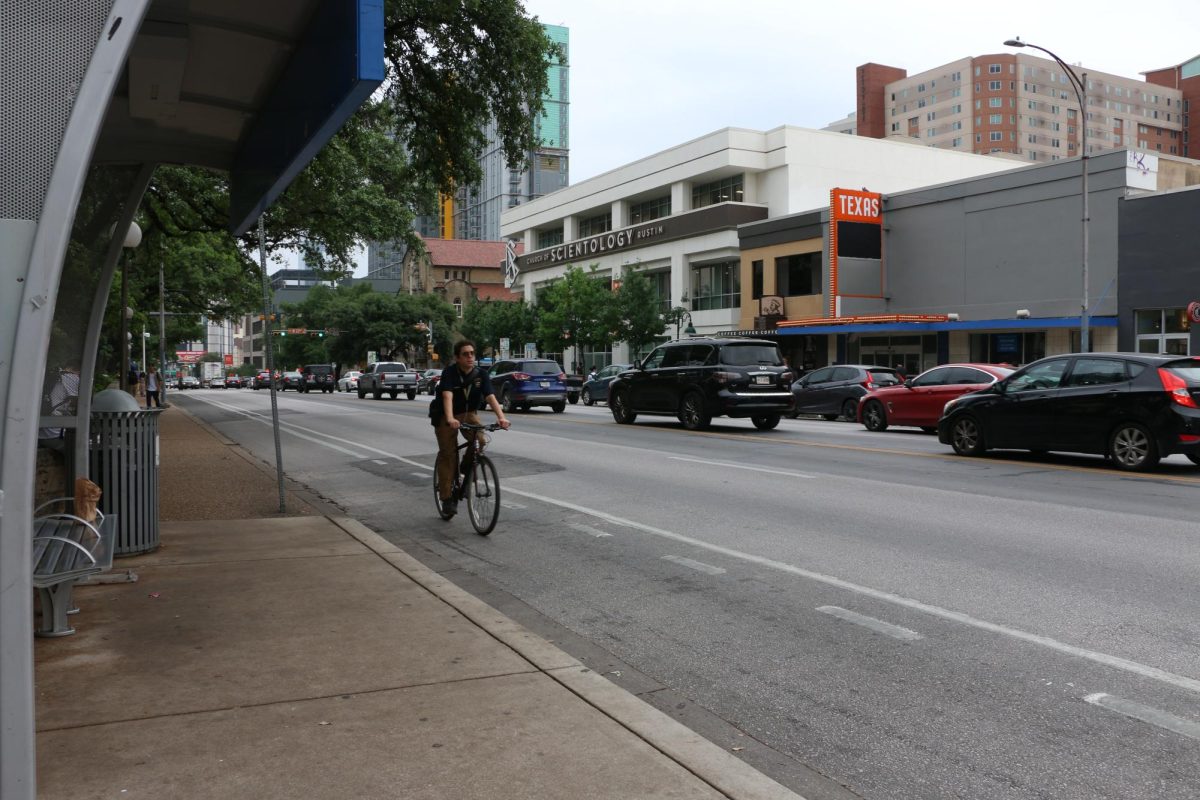Near the end of the lengthy ballot that Austin voters will face on Election Day next Tuesday are two competing propositions that could shape the way students are represented in Austin City Council.
Proponents of Propositions 3 and 4 each agree that the current at-large system, in which all seven city council members represent all of Austin rather than specific districts, needs to go. Where they differ, however, is in their plans to replace the at-large structure.
Proposition 3, also known as the 10-1 plan, would create ten geographical single-member districts, with a mayor elected city-wide. The proposition was placed on the ballot after 33,000 signatures were collected endorsing it. The districts would be drawn by a 14-member independent commission with no power of approval from the council.
Proposition 4, or the 8-2-1 plan, would create eight single-member districts, with two council members and one mayor elected city-wide. The Austin City Council voted to place Proposition 4, which would draw district boundaries by city ordinance, on the ballot.
Austin is the largest U.S. city with council members that all represent the entire city, and the last time Austin considered revising the city charter to include single-member districts was in 2002, when the measure failed.
John Lawler, urban studies senior and advocate of the 10-1 plan, said during the past 40 years, city council representatives have disproportionately resided in a small area of the city. Roughly 50 percent of council members and mayors during that time period lived in four of Austin’s zip codes, according to PolitiFact Texas.
“Whenever you talk about politics and the power of the people, that’s one of the things you don’t want: power, wealth and status all concentrated in one area,” Lawler said.
The 10-1 plan’s independent commission would require representation from a large, qualified pool of applicants that is diverse by race, gender, ethnicity and geography. One position on the commission would be open for a student.
If the commission creates a small enough district encompassing student neighborhoods, it could open the doorway for a student to run for City Council, Lawler said.
Fred McGhee, a local political activist and an advocate of the 8-2-1 plan, said the plan offers a hybrid between the current system and an exclusively single-member district plan.
“The solution to the problem is not necessarily a complete 180 reaction,” McGhee said. “Our plan is a balance. We have the best of both worlds.”
McGhee also said there is no guarantee the student voice on the redistricting commission as proposed by Proposition 3 would come from UT or even be a traditional full-time undergraduate.
“There’s this casual assumption that when you hear that word ‘student,’ you’re referring to number one, a UT student, and number two, an undergraduate at UT,” McGhee said.
Last year UT Student Government endorsed the 10-1 plan, now known as Proposition 3. Jenna Milani, SG’s city relations director, said the 10-1 plan will ensure students have a voice on City Council.
“The way the districts will be determined will allow for UT to have its own representation,” Milani said. “UT comprises such a massive amount of the Austin population that it is only fair that we get a spot at the City Council table.”
If both Proposition 3 and 4 receive more than 50 percent approval, the proposition with the most votes will win.
Friday is the last day to vote early. Election Day is next Tuesday.
Printed on Thursday, November 1, 2012 as: Competitive propositions debate over representation




















